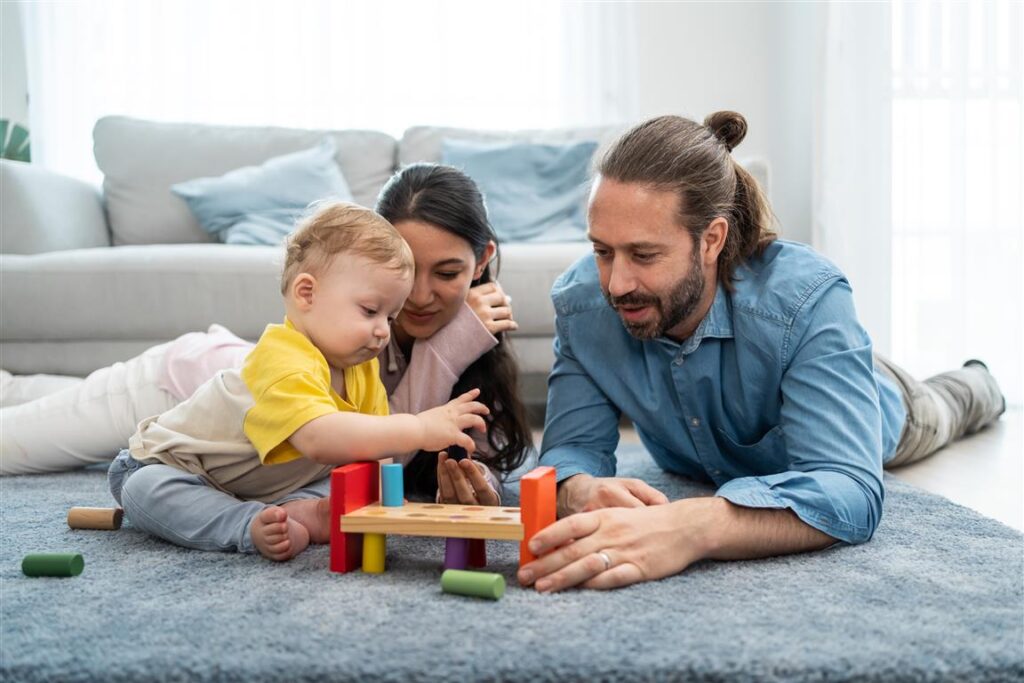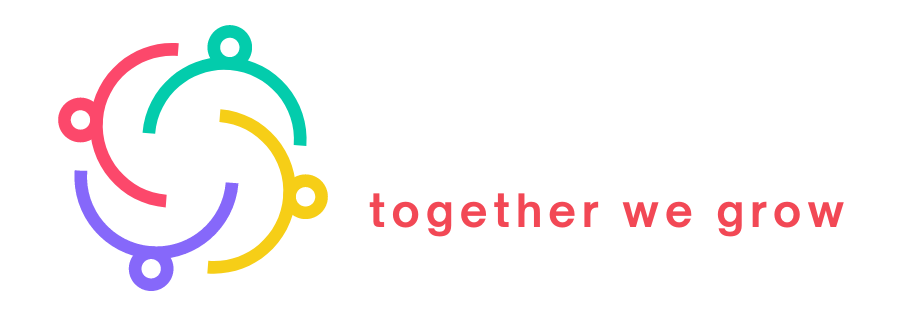Child development describes how children grow and change. Experts divide developmental stages into five periods from birth to 18 years old. At each stage, healthcare providers expect children to meet certain developmental milestones. Identifying and knowing the cause of any delays can help provide appropriate supports.
What is child development?
Child development refers to how your child grows and changes over time. Experts divide child growth and development into four areas:
- Physical development refers to strength and physical skills.
- Cognitive development involves thinking and problem-solving.
- Language development refers to communication and understanding.
- Social-emotional development affects how children interact with others and process feelings.
What are developmental milestones?
Developmental milestones are the behaviors that mark stages of typical growth. Children all develop at their own pace. However, most children pass through specific changes at approximately the same time as they get older.
Examples of developmental milestones in a baby’s first year of life may include:
- Smiling intentionally.
- Sitting without support.
- Waving goodbye.
- Moving objects from one hand to the other.
- Transitioning from crawling to taking steps.
As they grow older, a child’s developmental milestones may include:
- Knowing names of people or body parts.
- Using sentences with two to four words.
- Sorting shapes and colors.
- Repeating familiar songs or poems from memory.
- Telling stories.
What are the developmental stages?
Healthcare providers typically divide child development stages into five periods:
- Birth to 18 months: During this time, children learn to identify familiar people, use basic utensils or respond to facial expressions. They may also learn a few words, and stand and walk on their own. .
- 18 months to 3 years: Children may start playing pretend games, playing with other children or following two-part directions. They may say the names of familiar people, throw balls or run.
- 3 to 5 years: At this age, children start naming their likes and dislikes, learn to count to 10 and identify colors. They may recite nursery rhymes, know their name and address, and play on a playground on their own.
- 5 to 12 years: In grade school, children grow their problem-solving skills and confidence. They may build close friendships, develop personal interests and increase their reading skills.
- 12 to 18 years: Adolescents gain increasing levels of independence. They generally develop their own opinions, go through puberty and become interested in dating and sexuality.

How do I measure child development?
Some experts use child development checklists to measure your child’s progression. Children grow and meet milestones at their own pace, but checklists can provide a guideline for typical growth and development.
It’s important not to use developmental checklists as diagnostic tools. Instead, if your child has not met a developmental milestone, this information is a clue that it’s time to talk to a healthcare provider. A specialist may be able to offer more detailed assessments of your child’s particular development.
What are developmental delays?
Developmental delays refer to areas where children have not gained the skills that experts expect children of their age to have. You may notice delays in any developmental areas, including ones that affect:
- Cognitive skills, such as problem-solving.
- Communication skills.
- Fine motor skills.
- Social skills.
- Speech and language.
What are the signs of developmental delays?
Signs of developmental delays can vary significantly. Sometimes, you may notice signs of a delay during infancy. Or symptoms may not show up until a child is school age.
Some of the most common signs of developmental delays can include:
- Rolling over, crawling or walking much later than expected.
- Difficulty communicating, talking or fitting in socially.
- Problems with connecting actions to consequences.
- Inability to perform everyday tasks without help, such as getting dressed or using the bathroom.
- Trouble remembering instructions.
- Learning challenges in school.
What causes developmental delays?
Some developmental delays have no known cause. Some delays occur due to genetic factors, such as Down syndrome, fragile X syndrome or Angelman syndrome.
Some children have a higher risk of developmental delays due to environmental factors such as:
- Exposure to toxins before birth, such as alcohol or lead poisoning.
- Low birthweight.
- Preterm birth.
- Severe trauma, such as abuse.
What should I do if I notice signs of a developmental delay?
If you notice signs of developmental delays, speak with your child’s pediatrician. The pediatrician may recommend a developmental evaluation. This evaluation can involve specialists such as a:
- Child psychologist.
- Developmental pediatrician (doctor who specializes in child development).
- Neurologist.
- Occupational therapist.
- Speech-language pathologist.
- Physical therapist.
An evaluation may include observed playtime, structured tests and parent questionnaires. The results can determine if your child could benefit from special interventions or therapies.
What are the treatment options for developmental delays?
Developmental delays don’t have a cure. However, certain types of therapy can help your child function well or keep up with peers. Some therapy options include:
- Behavioral therapy for children who have trouble behaving appropriately at home or in social settings.
- Occupational therapy to work on fine motor skills and completing everyday tasks without help.
- Special education for support with learning disabilities and social skills.
- Speech and language therapy to address difficulties with creating or understanding speech and language sounds.
- Physical therapy to address delays in gross motor skills, such as physical changes that affect how a child walks.
Why are developmental screenings important?
In the US, about 1 in 6 children have a developmental delay. When healthcare providers find a developmental delay early, they can offer interventions. These interventions help your child succeed in school, connect socially and learn to communicate.
How Super Family helps
Super Family mobile app is developed with consultancy of Montessori educational method teachers and is believed to bring a new education way to families, especially for dispersal families that father or mother is not living together with his / her kid(s). The app boosts communication between family members and parents don’t have to read many parenting books because Super Family will suggest you how to solve your child’s problems in the right educational way. With the support of trained AI, your children now have an assistant, a babysister, a tutor, a teacher and a friend.
(source: Cleveland Clinic)








